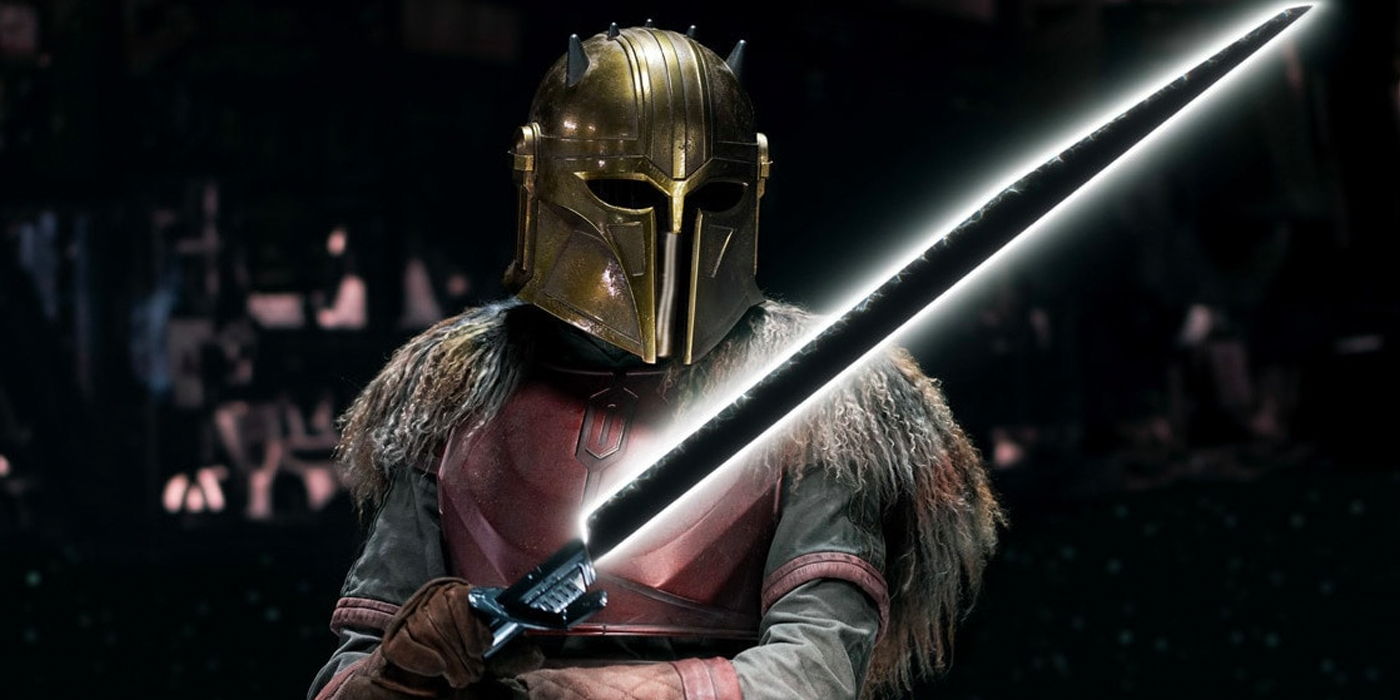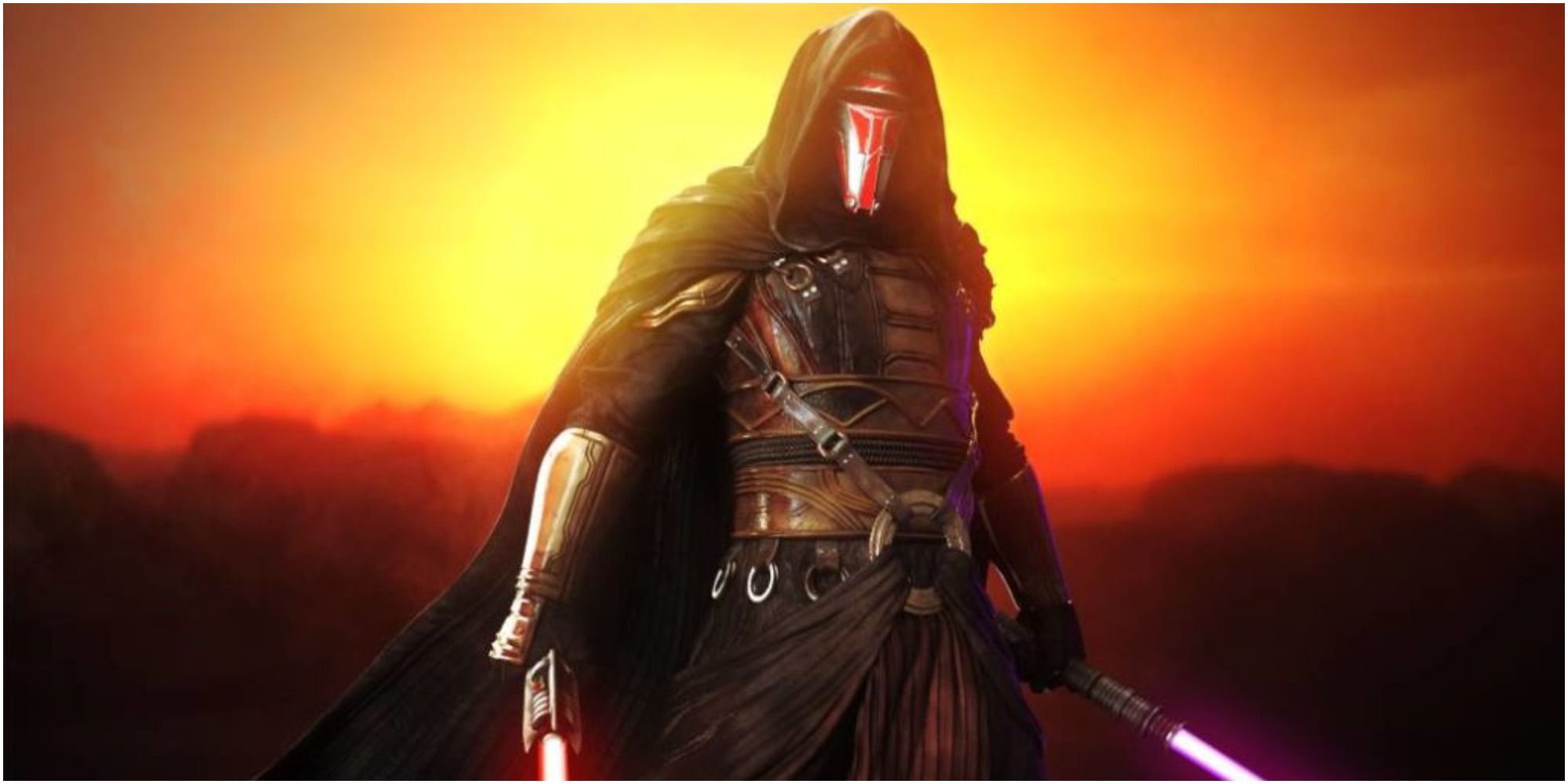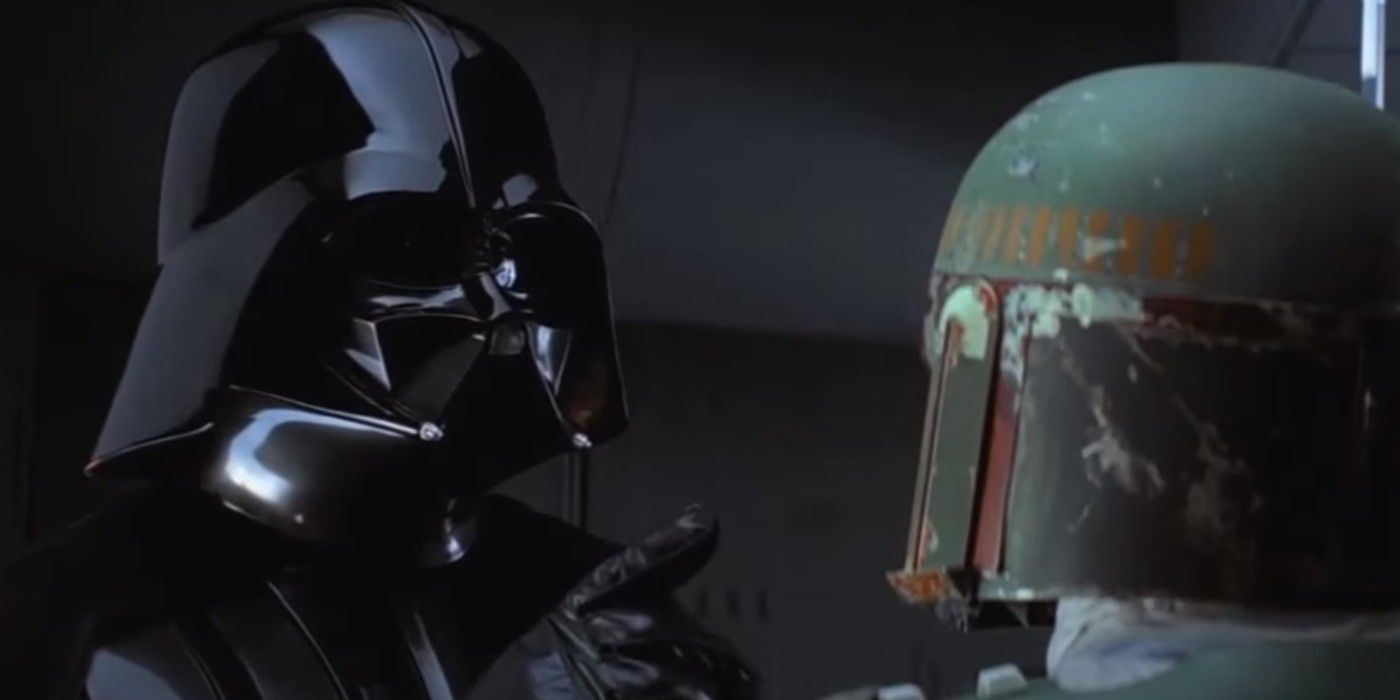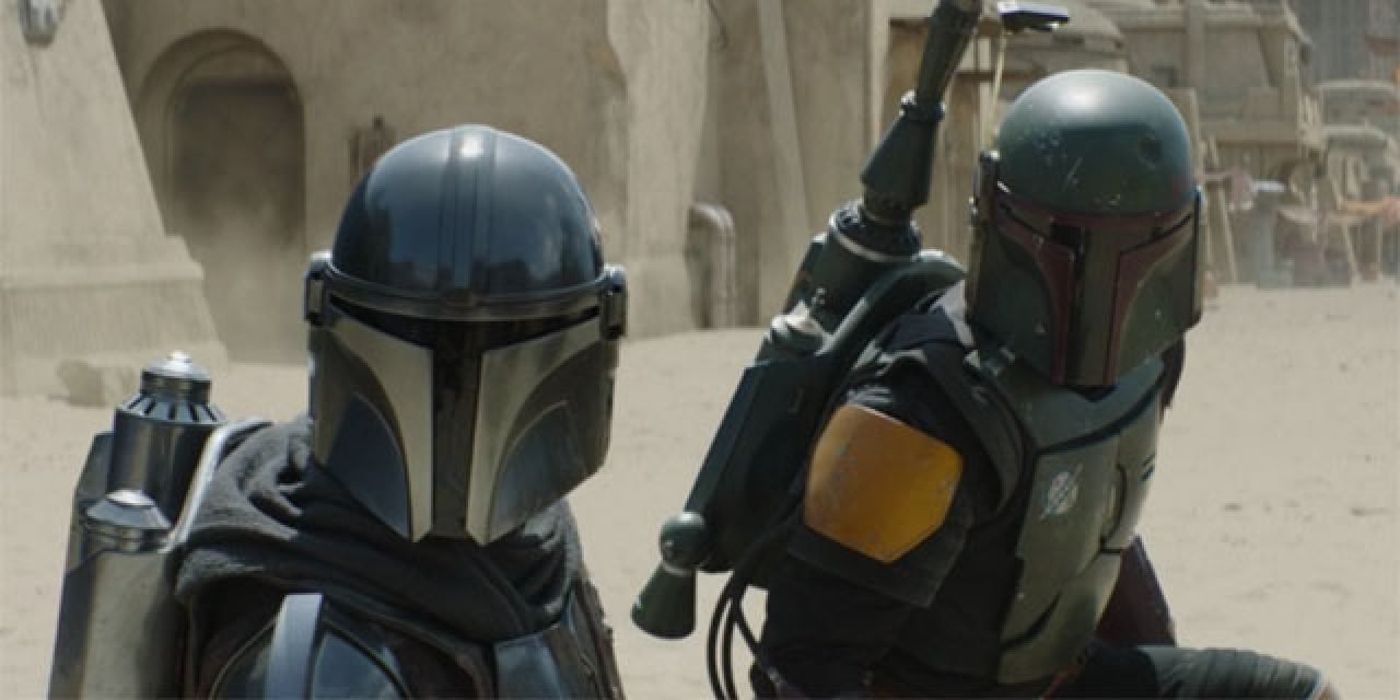Disney's flagship series The Mandalorian showcases Din Djarin as an honorable hero fighting to restore his people's way of life, but a closer look at Mandalorian culture shows a sinister vein of conduct that is most comparable to another order in the Star Wars universe - the Sith. "The Way" that Mandalorians speak of has a convoluted history intermixed with involvements on both sides of the Jedi-Sith animosity, more often than not siding with the latter.
Born of conflict, bred to war and ruthless to a fault, early Mandalorians have been canonized as the ultimate mercenary warriors in both Star Wars films and Legends/Canon tales. From their very origins as Taung humanoids native to Coruscant (in Legends), Mandalorians have been a culture centered around the practice of war. Fighting against the human faction of "Zhell", they christened themselves the Dha Werda Verda (Warriors of the Shadow) shortly before being driven from their homeworld.
This was the event that led them to take on the name of Mando'ade (Children of the Mandalore) out of respect to their first Mandalore, "the Indomitable," don their distinctive armor systems and begin utilizing cutting-edge weaponry to better ensure their victories. During their nomadic exodus, they conquered and destroyed numerous species while assimilating the strongest, came to deify war, and worship the God of Destruction Kad Ha'rangir. It was clear that the Mando'ade were on a course to shape the Star Wars galaxy through violence, for better or worse.
The Mandalorian's History With The Sith In Star Wars Canon & Legends
At this point in their history, the Mandalorians were supremely confident in their skills, having faced off against powerful foes, including the Jedi, and found them all wanting. Thus, their first contact with the Sith would come as a shocking revelation of the power of the Force. By defeating Mandalore the Indomitable, Sith Lord Ulic Qel-Droma would gain the Mandalorians' respect in the only manner they accepted: through power. In true Mando fashion, the warriors proclaimed Qel-Droma their new commander, pledging loyalty and arms in the prospect of glorious conquest.
3996 BBY (Before the Battle of Yavin) would see one of the earliest challenges to Old Republic sovereignty in Legends, as Sith Lords Qel-Droma and Exar Kun led their Mandalorian bolstered forces in an invasion of Coruscant during what came to be known as The Great Sith War. Ironically, the Mandalorians had made a full circle in their travels and come home the same way they left: through battle. Unfortunately for them, Sith forces were repulsed and they were forced back to their nomadic lifestyle. This does little to stop them from continuing their tradition of war under the new leader Mandalore the Ultimate and his lieutenant Cassus Fett, ancestor of the notorious Boba Fett.
In the Legends timeline, the Mandalorians never do truly shake off Sith influence. Already predisposed to endless conflict, they easily fall prey to the machinations of Sith Emperor Vitiate and launch yet another crusade against the Old Republic, this time under Mandalore the Ultimate. Spanning nearly two decades, the Mandalorian Wars would see the Mandos commit genocides, enslave species and indirectly cause a resurgence of the Sith in the form of corrupted hero Darth Revan – a Jedi commander so broken by the cost of defeating the Mandalorians that he himself turned to the Dark Side. This timeline overlaps Disney’s portrayal of the Mandalorian-Jedi War, which also saw the Mandos defeated over their broken homeworld. These events signaled the end of the Mandalorians as a true conquering faction, and introduced them as the pragmatic mercenaries fans know.
The Canon version of the Mandalorians is truly whitewashed in comparison to their Legends timeline counterparts. While still following the warrior ethos, the Disney Mandalorians originated on the outer rim planet of Mandalore and have always been a multi-species culture. Not many tales have been told of them, but it is known that they fought and lost to the Jedi during their expansion. Due to a Civil War between violent pacifists and even-more-violent militants, their homeworld was turned into a ravaged desert - which was then scoured clean by the evil Empire. Much remains to be told of their deeper history, but drawing from the Legends timeline is likely given the wealth of material available, and crossed storylines from Canon confirmed Legends figures such as Darth Revan, whom Kylo Ren may have been based on.
Why Mandalorians Are More Like Sith Than Jedi
Early Jedi Master Gnost-Dural is noted as having declared: "Mandalorians believe confrontation is required for growth, on the personal as well as the cultural level. War is the Mandalorian way of life." It is no wonder that Mandalorians would accept the Sith as readily as they did, given that the Sith Creed espouses ultimate power over all else and warrants all means to achieve this end. To Mandalorians, this sounds like common-sense, far more appealing than the Jedi Order's Code stressing balance and restraint. In addition, Mandos are a passionate lot, using their emotions without restraint and forming close relationships which Jedi avoid as a rule.
With their war-like nature, Mandos have found themselves fighting for the Sith repeatedly throughout their history, most recently with Boba Fett working for Darth Vader and the Death Watch working for Darth Maul in the Canon timeline. The rare moments they've allied with Jedi have been at times of extreme necessity, such as their alliance with the Skywalker faction during and after the Yuuzhan Vong Wars in the Legends timeline–and this only on the brink of their own annihilation. It seems that given the choice, Mandalorians will always choose expediency and profit over morality and peace.
Though Mandalorians are not a Force using community, their fate is inextricably intertwined with it. The Darksaber belonged to the first Mandalorian Jedi Tarre Vizsla, who enigmatically straddled a fine line between light and dark. Symbolizing this, his lightsaber is a white-haloed black blade – the only one of its kind. It's perhaps this character who best defines the factors differentiating Mandalorians from true Sith – loyalty and honor. Unlike the Sith, Mandos value their society and relationships above themselves, as showcased by the first Mandalore when he rescued his Lord Qel-Droma after the latter was betrayed by his Sith compatriots. Valuing members is also a practical choice as Mandalorian battle prowess is enhanced by their small unit tactics.
Why The Mandalorian Shows Less Of Mandalorians' Sith Similarities
If the Mandalorians are akin to conquering crusaders, then Din Djarin is the Darksaber wielding, honor-bound Knight Templar fighting a rear-guard action. Because his culture has been driven to the brink of extinction by the Empire, Djarin is by necessity a hero of fate. History teaches that yesterday’s oppressors are today’s oppressed, that the lines defining good and bad are blurred if one reaches back far enough. For Din Djarin, it is enough that the Empire is an oppressor who massacred his biological and adopted family, instilling in him a fierce desire for justice. Given the nature of his rescue by the Mandalorians, he has defined for himself what the armor and “The Way” represent, these in turn shaping his actions in the series.
The Mandalorian covers a segment of Mando history when they’re down, but not out. Circumstances and their own decisions have hammered their culture into a concentrated mass, revealing the real bes’kar that keeps them united as a people: loyalty, pragmatism and unwavering faith in their warrior spirit. Having themselves been hunted to near extinction, perhaps the Mandalorian Way will continue to evolve with Djarin's journey and bring lasting prosperity to their civilization.




